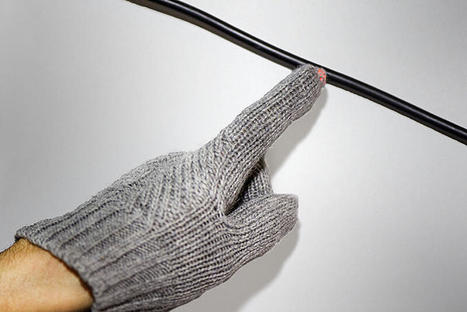Purdue University engineers have developed a method to transform existing cloth items into battery-free wearables resistant to laundry. These smart clothes are powered wirelessly through a flexible, silk-based coil sewn on the textile.
In the near future, all your clothes will become smart. These smart clothes will outperform conventional passive garments, thanks to their miniaturized electronic circuits and sensors, which will allow you to seamlessly communicate with your phone, computer, car and other machines.
This smart clothing will not only make you more productive but also check on your health status and even call for help if you suffer an accident. The reason why this smart clothing is not all over your closet yet is that the fabrication of this smart clothing is quite challenging, as clothes need to be periodically washed and electronics despise water.
Purdue engineers have developed a new spray/sewing method to transform any conventional cloth items into battery-free wearables that can be cleaned in the washing machine.
"By spray-coating smart clothes with highly hydrophobic molecules, we are able to render them repellent to water, oil and mud," said Ramses Martinez, an assistant professor in Purdue's School of Industrial Engineering and in the Weldon School of Biomedical Engineering in Purdue's College of Engineering. "These smart clothes are almost impossible to stain and can be used underwater and washed in conventional washing machines without damaging the electronic components sewn on their surface."
read the study at http://dx.doi.org/10.1016/j.nanoen.2021.106155
read the original and unedited version of the article at https://phys.org/news/2021-06-wearables-future-washable-smart-powered.html



 Your new post is loading...
Your new post is loading...









